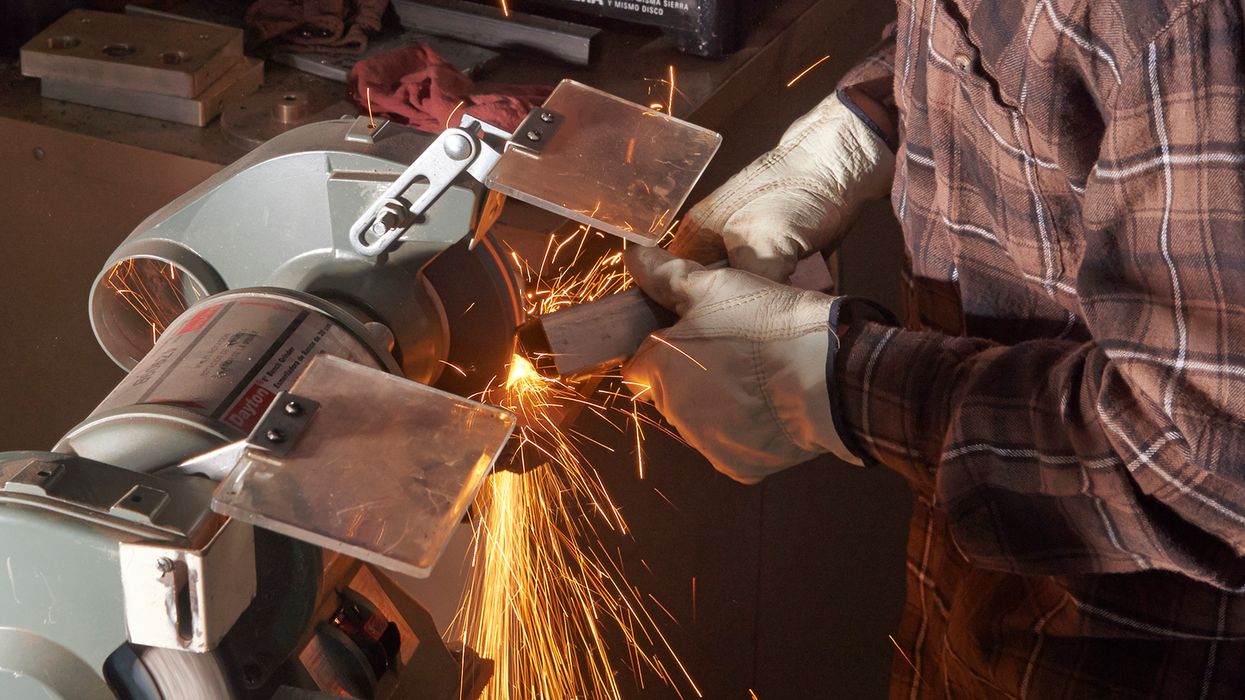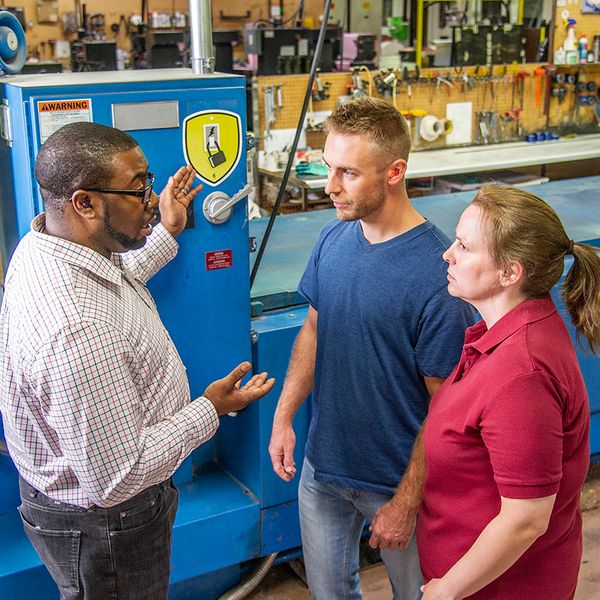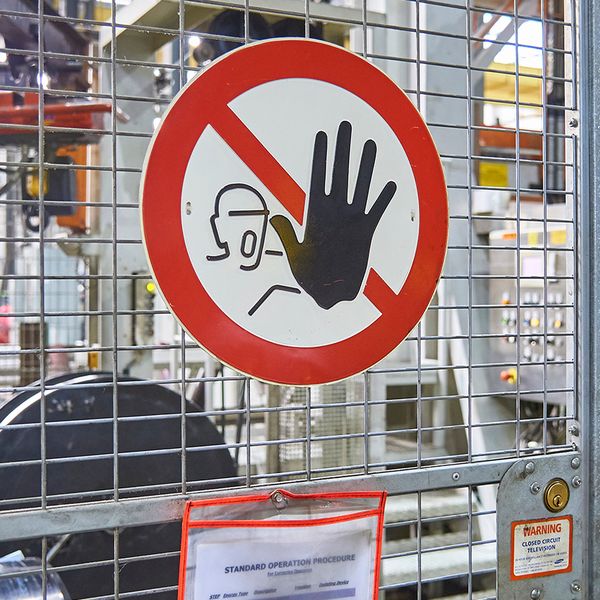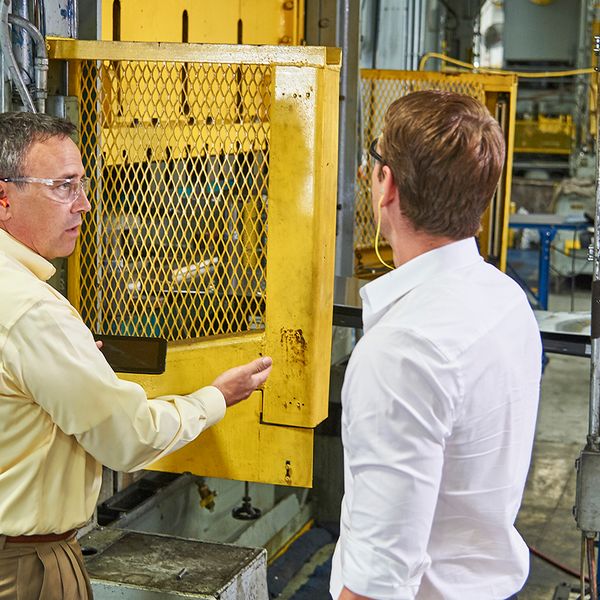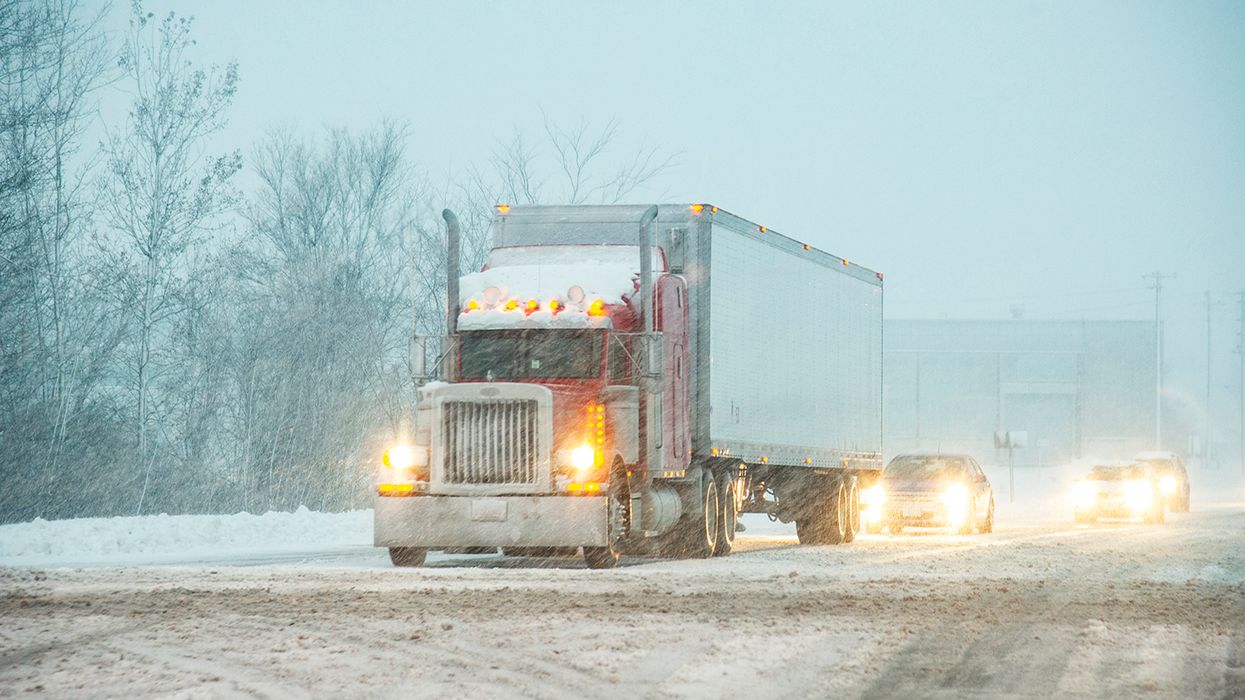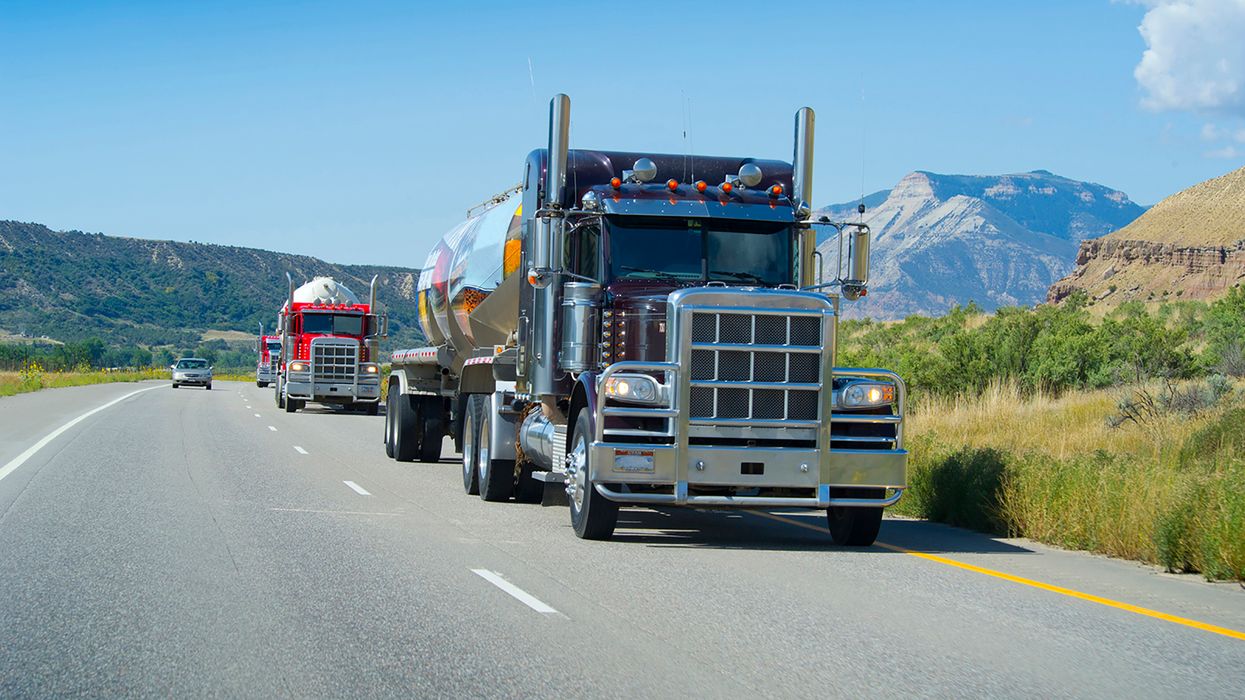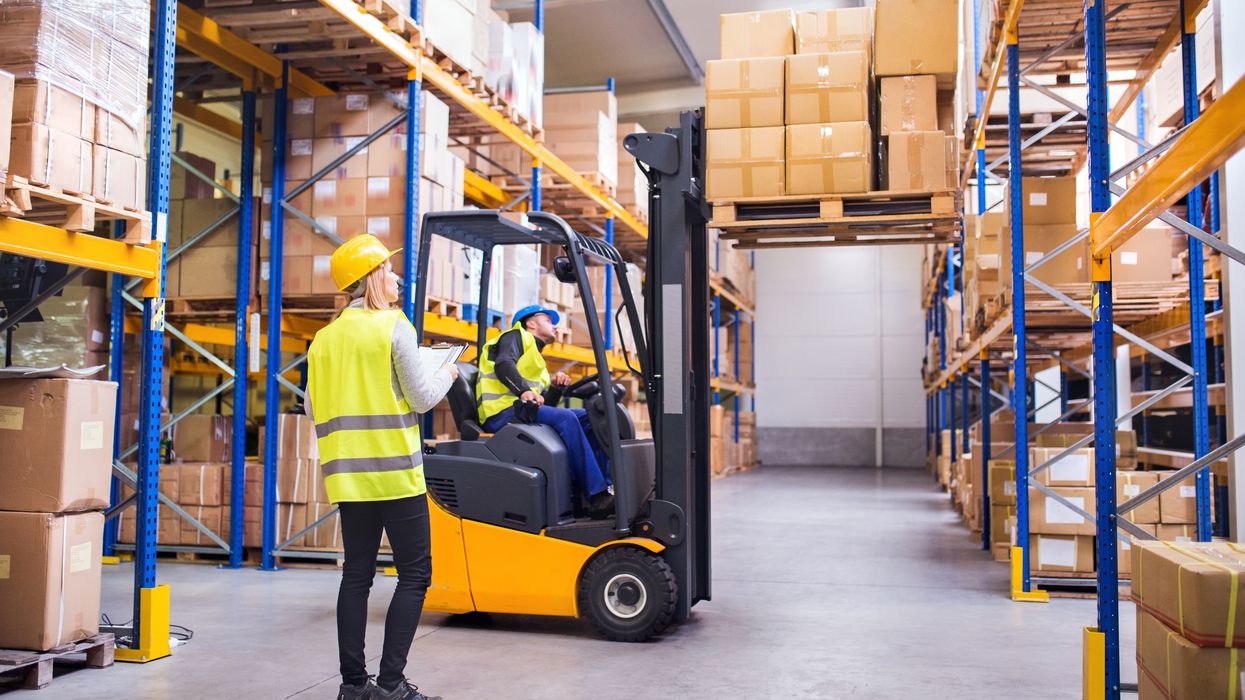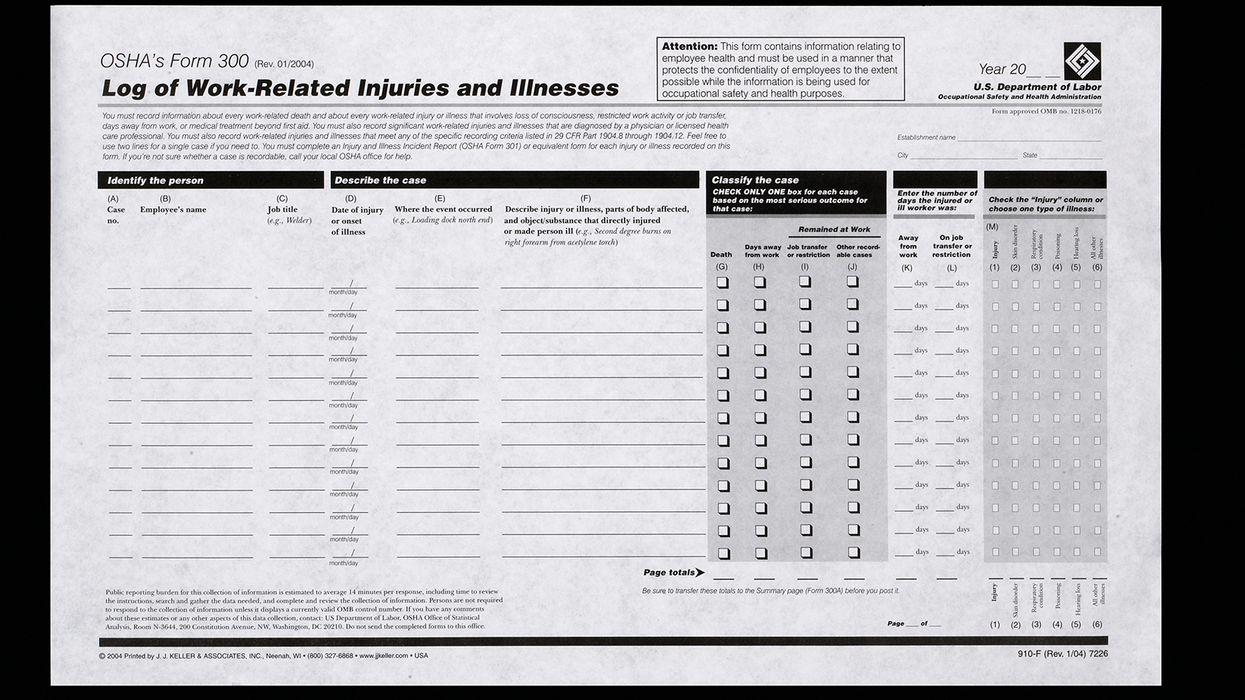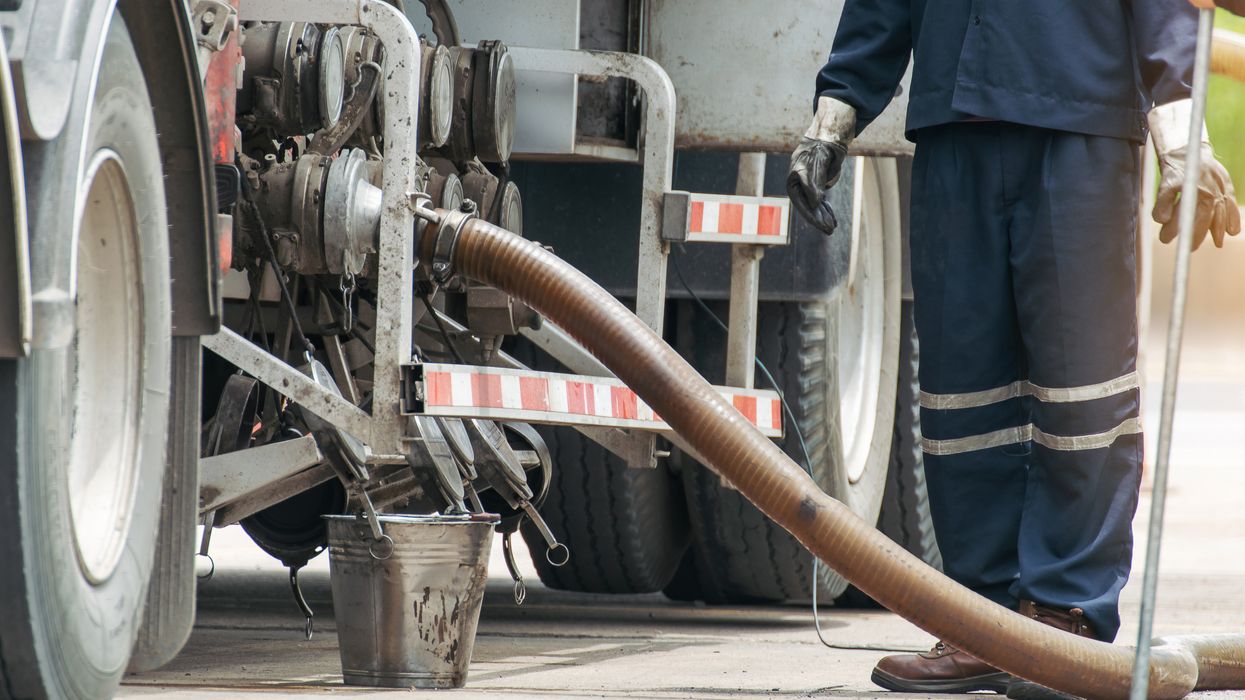Drilling into the four types of machine guards
Machine operators and employees working close to machines face an array of workplace hazards caused by moving machine parts. Possible injuries range from minor abrasions to amputations and crush injuries. The regulations at 29 CFR 1910.212 contain the general guarding standards that apply to all machines. OSHA requires employers to use one or more methods to safeguard any machine part, function, or process that may cause injury (1910.212(a)(1)). A primary safeguarding method is machine guarding, which places physical barriers between employees and the danger areas of machines that could cause injury.
Not all machines are the same, and neither are their guards. Let's drill into the four different types of machine guards to better understand how each one protects workers from hazards.
Fixed guards
A fixed guard is just that — permanently fixed to the machine. It prevents workers from accessing dangerous moving parts of a machine. It’s a physical barrier that doesn’t rely on moving parts to function. Removing the barrier requires tools, so these guards are typically used on parts of machinery that aren’t accessed frequently, like a protective cover that fully encloses a machine’s flywheel.
OSHA requires that the barrier be made from materials that can withstand any impact it may receive and endure prolonged use, such as sheet metal, screens, and bars. Fixed guards are best suited for machines involved in high production with repetitive operations.
Interlocked guards
Opening or removing an interlocked guard on a machine shuts off or disengages the power and stops the machine’s moving parts. The machine can’t start again until the guard is back in place. Interlocked guards require electrical, mechanical, hydraulic, or pneumatic power (or a combination of these) to function. This is where the “interlocked” part comes in; these guards are interconnected with the machines they protect. For example, the bowl of an industrial food mixer with an interlocking guard can operate only when the guard is in position over the bowl, which prevents workers from coming into contact with the moving mixing device. When the guard is lifted, the power automatically shuts off, and the mixing device stops.
OSHA recommends making all removable guards interlocked to prevent occupational hazards. The guards must stop machines before workers can reach danger areas. Further, machines shouldn’t automatically restart when interlocked guards are put back in place. Interlocked guards are most effective on machines where operators need to regularly access the guarded parts for things like clearing jams or adding materials.
Adjustable guards
An adjustable guard is a movable barrier permanently fixed to the machine that can be adjusted for various production operations. A machine operator manually positions this type of guard and locks it into place. Due to the guard’s increased risk of injury, employers must establish proper administrative controls and train workers how to use adjustable guards.
Metalworking and woodworking machinery typically have adjustable guards, such as the guard on a horizontal milling machine that allows workers to change the size of the cutter. Adjustable guards are ideal for machines that process different sizes of materials and conduct various processes.
Self-adjusting guards
A self-adjusting guard places a barrier between the danger area and the operator that automatically adjusts to accommodate stock. When stock is moved into a danger area, it pushes the self-adjusting guard away, providing an opening into the machine that’s only large enough to allow the stock through. Once the stock is removed, the self-adjusting guard automatically returns to the rest position (either by gravity or a spring-loaded mechanism).
By automating the adjustment process, these guards eliminate some of the risks associated with adjusting guards. Self-adjusting guards are commonly used on woodworking machines like table saws.
Which guards should your facility use?
The ultimate purpose of all machine guarding is to eliminate or, if that’s not possible, control the hazards of operating or accidentally coming into contact with a machine. However, there’s not a one-size-fits-all solution to machine guarding. Employers must consider many variables specific to their industry, facility, operator involvement, and the machines they use and comply with any applicable regulations.
Machine-specific guarding requirements under 1910 Subpart O apply to:
- Woodworking machinery,
- Abrasive wheel machinery,
- Mills and calendars in the rubber and plastics industries,
- Mechanical power presses, and
- Forging machines.
In addition to the general industry standards at 1910.212, OSHA has industry-specific standards for:
- Maritime (1917 Subpart G and 1918 Subpart I)
- Construction (1926 Subpart I), and
- Agriculture (1928 Subpart D).
Key to Remember: Machine guards protect workers from the hazards of moving machine parts. Employers must determine which of the four types of guards (or a combination of them) works best for each machine.

